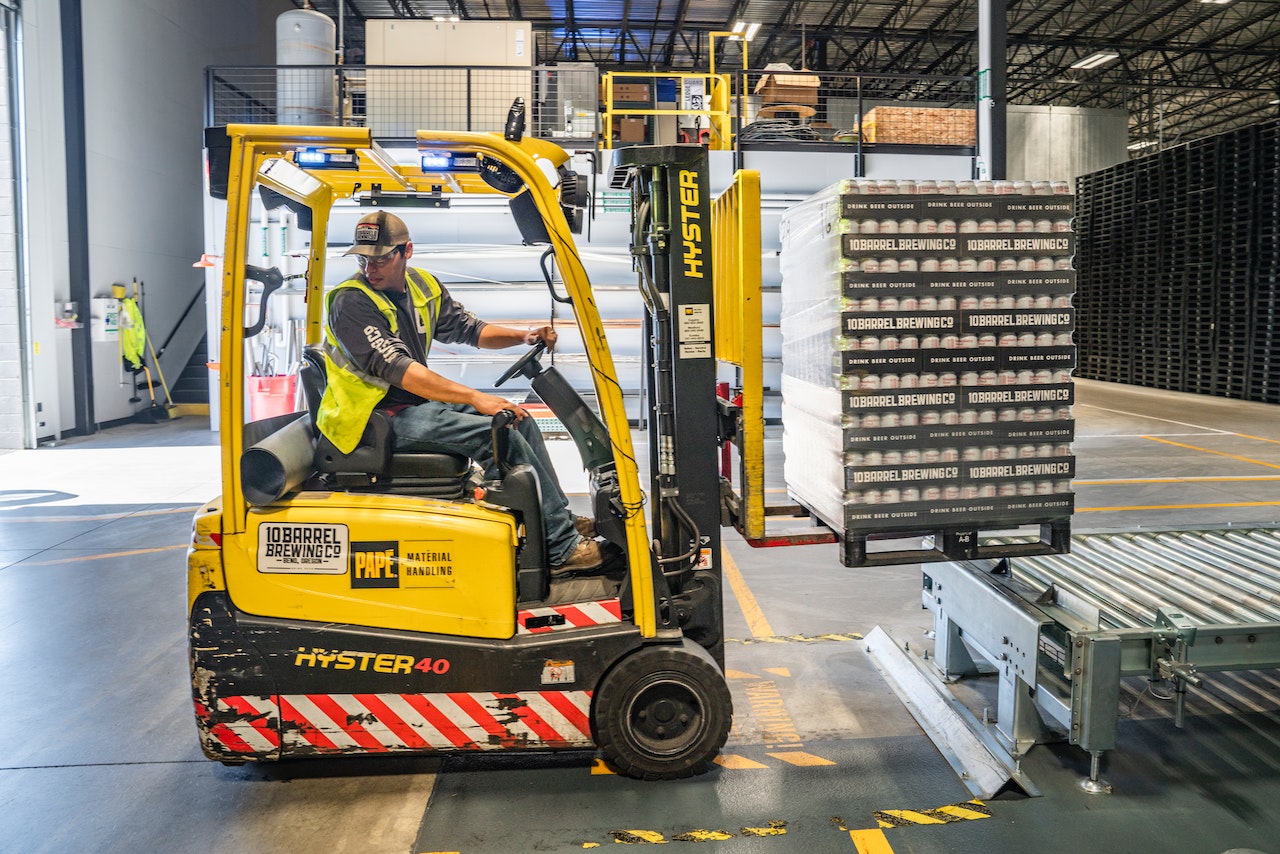Why Pallet Rack Systems Are Relocated in Modern Warehousing

In today’s fast-moving warehousing and distribution environment, few pieces of infrastructure are as important as pallet rack systems. These structures support the daily flow of goods, provide orderly storage, improve picking efficiency, and help companies make full use of vertical space. As facilities evolve or inventory demands shift, many operations find that their pallet racking systems need to be repositioned or reconfigured to maintain efficiency. This process is far more common than many expect, especially in active logistics markets such as Jacksonville and the broader Southeast region.
Whether a company is managing a small storage room or a multi-building distribution network, the ability to adapt the warehouse layout is critical. Relocating pallet racking can create faster pathways, support new equipment, and align the warehouse footprint with current and future goals. Below is an in-depth look at why these relocations happen and how they impact the flow of modern supply chains.
Warehouse managers constantly evaluate how space is used, how inventory moves, and how labor is deployed. As these elements shift, the underlying storage systems must shift as well. Pallet racking is designed to be durable, modular, and versatile, which makes relocating these systems a practical strategy when operational needs change. Relocation is not simply about moving shelves from one place to another. It is a strategic decision rooted in workflow efficiency, safety, cost management, and long-term planning.
1. Improving Workflow Efficiency and Layout Design
One of the most common reasons companies relocate pallet rack systems is to improve material flow. When pick paths become congested, forklift traffic slows down, or warehouse teams must travel long distances to access inventory, it often signals that the layout needs to be reworked. Relocating racking allows managers to shorten travel routes, reduce bottlenecks, and create more direct access to high-demand inventory. These adjustments can significantly reduce handling time and support higher order volumes during busy seasons.
Relocations also help accommodate new technology or equipment. When adding conveyors, automated picking systems, or new staging areas, racking often needs to be adjusted to maintain safe and efficient traffic lanes.
2. Supporting Business Growth and Facility Expansion
As companies expand, their warehousing needs grow along with them. Increasing inventory levels, adding new product categories, or opening additional distribution channels may require new pallet rack configurations. Businesses often relocate racks to consolidate older layouts, open new aisles, prepare for mezzanine installation, or create room for future product lines. When expanding into new facilities, existing racks may also be transported and installed in entirely new locations to reduce capital investment costs.
3. Adjusting to a Changing Product Mix
Inventory diversity changes how space should be used. A warehouse that shifts from bulky items to smaller packaged goods will require a different type of racking footprint. When companies update their product mix, they may need to reconfigure racks to support different pallet sizes, higher pallet counts, or faster rotation of inventory. Situations like this commonly lead to adjustments such as switching from deep-lane storage to more selective racking or adding additional beams to accommodate heavier goods.
4. Meeting Safety and Regulatory Requirements
Safety remains a top priority in every warehouse environment. Changes in local regulations or updated fire code requirements may necessitate moving pallet racks to ensure the correct aisle widths, clearances, or sprinkler system coverage. Structural inspections may also reveal a need to reinforce or reposition racks to maintain compliance. Relocating or reorganizing racks protects inventory, ensures safe forklift navigation, and reduces the risk of workplace accidents.
5. Responding to Seasonal Storage Needs
Seasonal operations often require temporary adjustments to warehouse layout. Retailers, food suppliers, importers, and many Jacksonville distributors routinely face significant increases in volume during certain times of the year. Temporary pallet racking or reconfigured lanes may be installed to handle additional SKUs or bulk shipments. Once the season ends, racks can be returned to their original positions or adapted to the next demand cycle.
6. Integrating New Warehouse Technology
Modern warehouse operations increasingly rely on automation, robotics, and smart storage systems. Integrating equipment such as AMRs, automated pallet shuttles, or vertical lift modules often requires a new layout that interacts smoothly with the technology. Relocating racking ensures the automated systems can move safely, reduces traffic conflicts, and improves the speed of picking and replenishment. This helps facilities transition into more advanced, data-driven operations without sacrificing usable space.
Building a More Efficient Warehouse With Strategic Rack Relocation
The relocation of pallet rack systems is a practical and strategic step for businesses that want to maintain a strong logistics footprint. Whether responding to growth, improving workflows, or updating safety standards, these moves support long-term efficiency and help operations remain flexible in a rapidly changing industry. With careful planning, proper equipment, and experienced logistics support, businesses can transform their warehouse layout and reduce handling time without creating unnecessary downtime.
For companies across Florida and the Southeast that require safe and reliable relocation, transportation, or installation of pallet racking systems, expert coordination is essential. To learn how we can help support the movement of your systems safely and efficiently, click below.